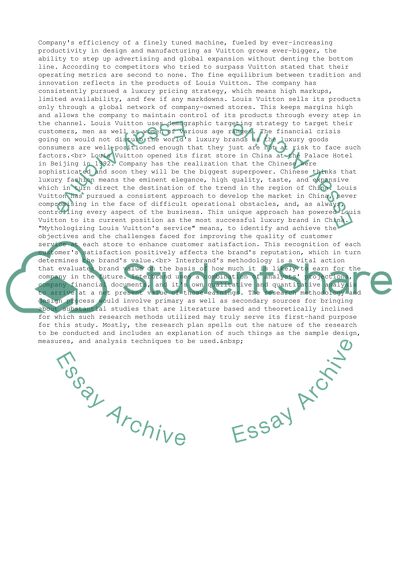Cite this document
(“The Louis Vuitton Market Strategy Case Study Example | Topics and Well Written Essays - 2000 words”, n.d.)
Retrieved from https://studentshare.org/business/1528953-the-louis-vuitton-market-strategy
Retrieved from https://studentshare.org/business/1528953-the-louis-vuitton-market-strategy
(The Louis Vuitton Market Strategy Case Study Example | Topics and Well Written Essays - 2000 Words)
https://studentshare.org/business/1528953-the-louis-vuitton-market-strategy.
https://studentshare.org/business/1528953-the-louis-vuitton-market-strategy.
“The Louis Vuitton Market Strategy Case Study Example | Topics and Well Written Essays - 2000 Words”, n.d. https://studentshare.org/business/1528953-the-louis-vuitton-market-strategy.


